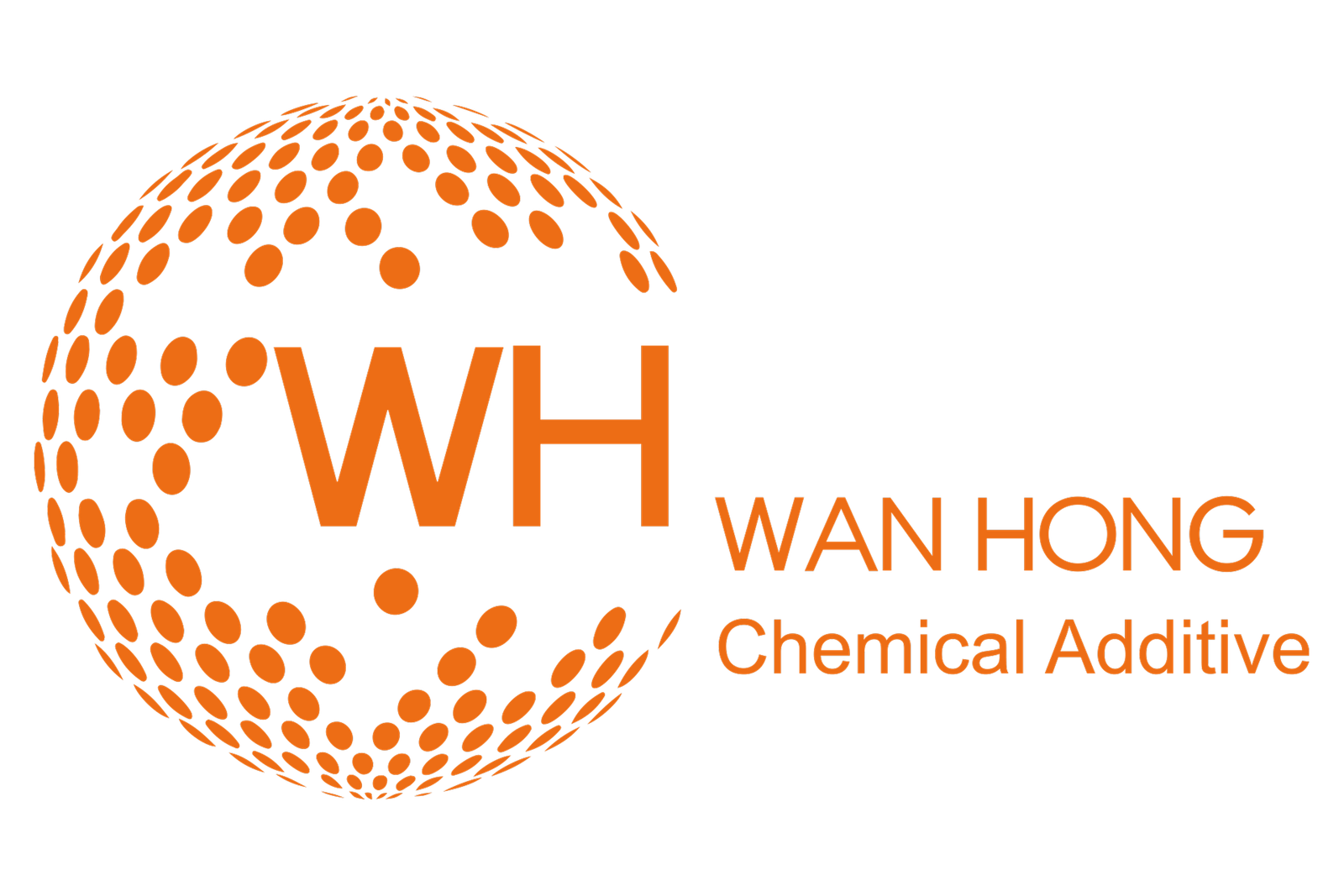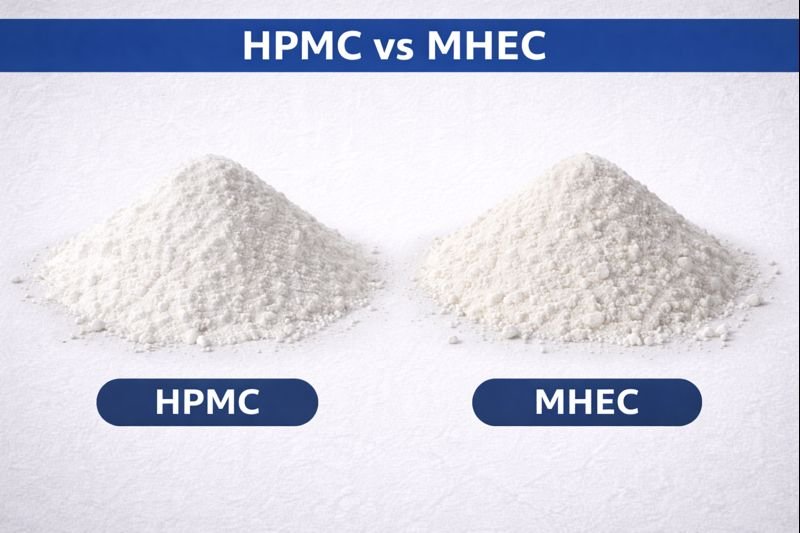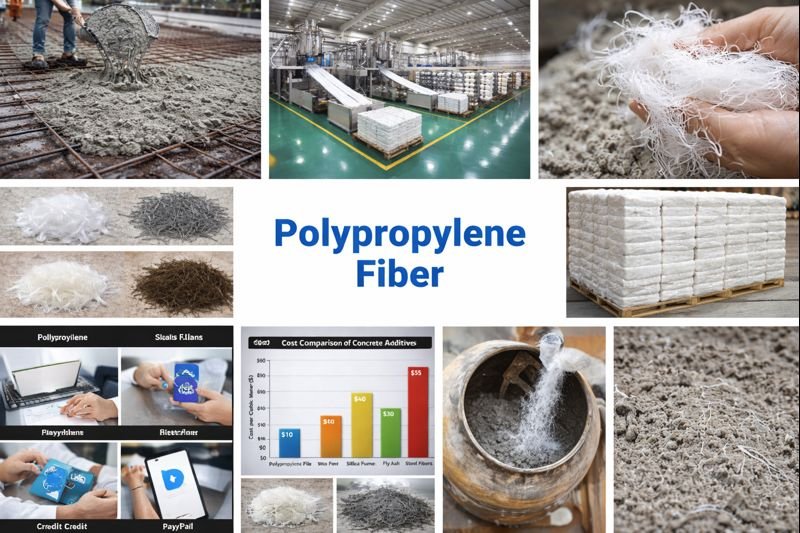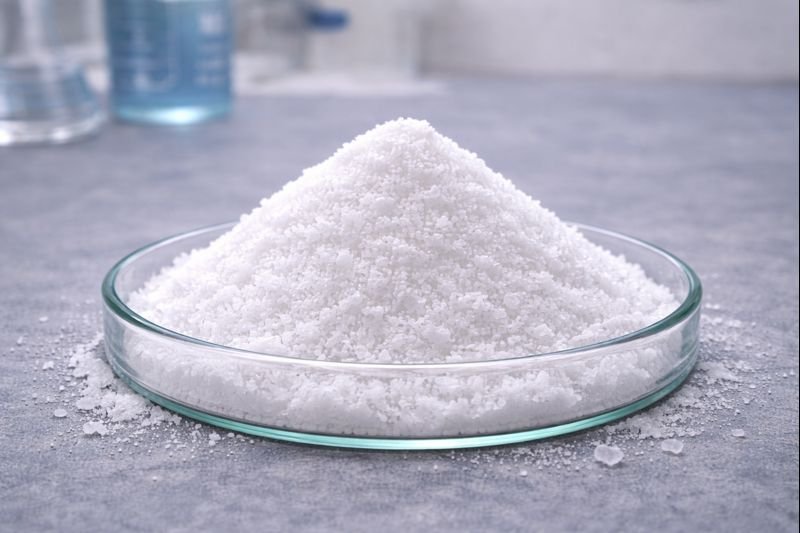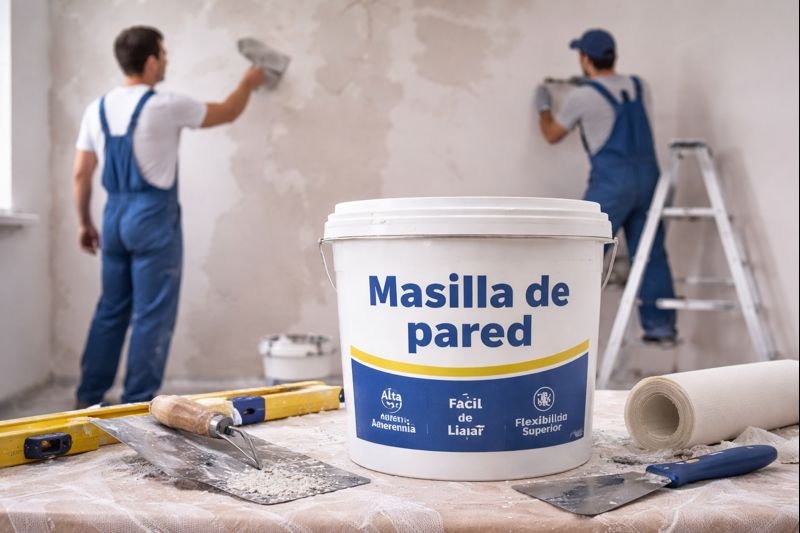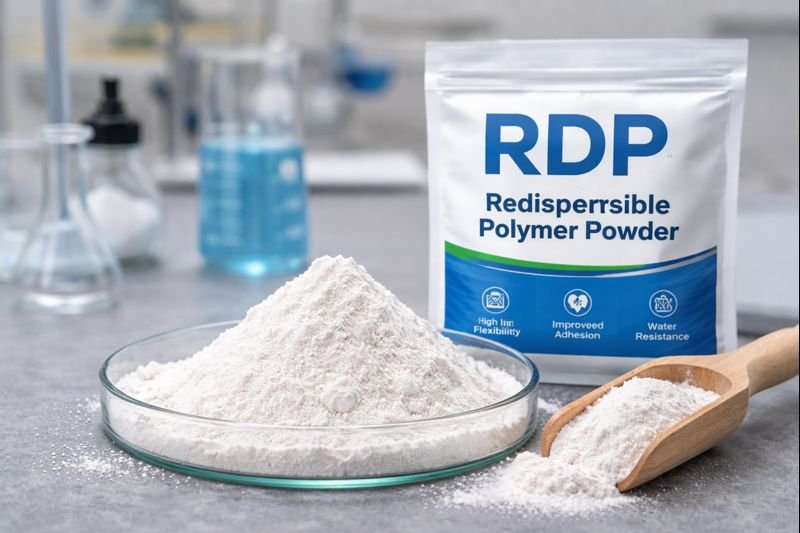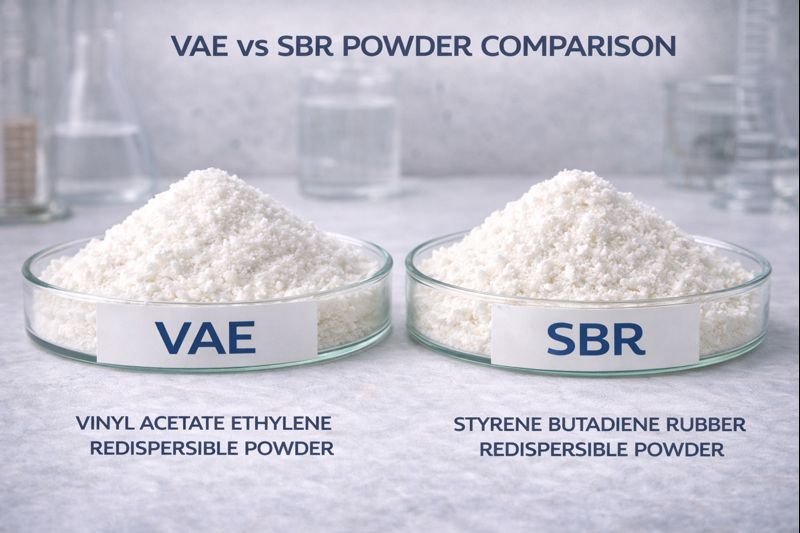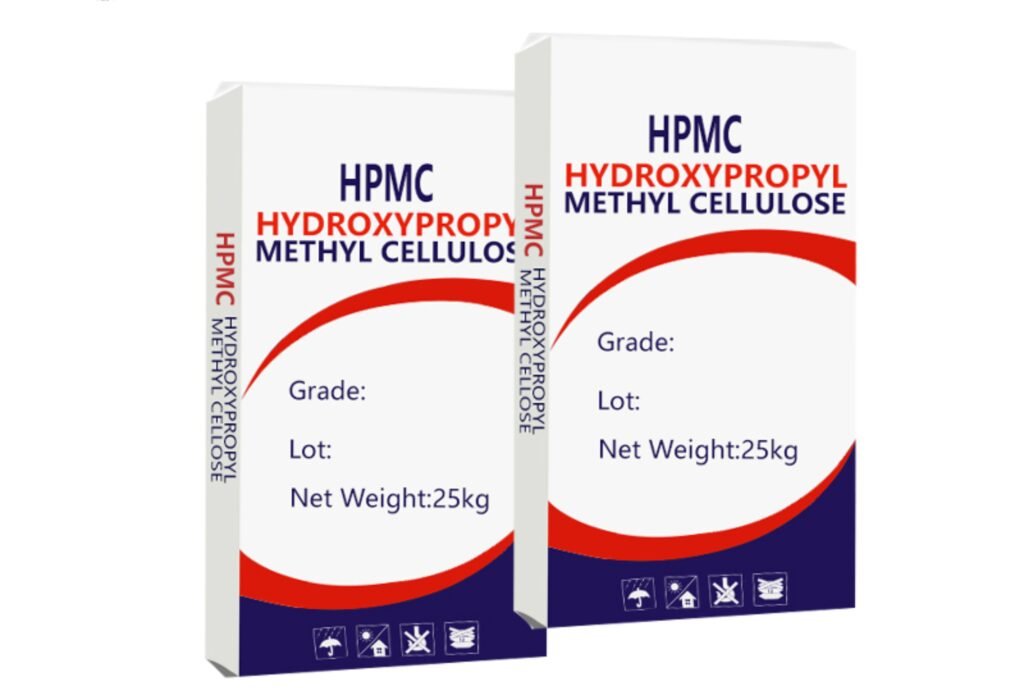I've seen crews add extra water to concrete for easier pouring. This dangerous shortcut compromises structural integrity, wastes money, and leads to project failures. Don't make this mistake.
Too wet concrete loses strength and durability. When the water-cement ratio exceeds design specifications, excess water creates voids as it evaporates, reducing compressive strength by up to 40% and making concrete more susceptible to cracking, scaling, and premature failure.
I remember inspecting a foundation that failed just two years after construction. The contractor had added extra water for "better workability." Now the owner faces a $120,000 repair bill. Let me explain exactly what happens when concrete gets too wet and how to avoid this costly mistake.
What's the Role of Water in Concrete Mix?
I've had contractors ask me countless times why they can't just add more water. Their crews want easier pouring, but they don't understand the chemical reaction happening beneath the surface.
Water activates cement's chemical reaction (hydration) to bind aggregates and create strong concrete. The ideal water-cement ratio is typically 0.35-0.45 by weight, providing enough moisture for complete hydration while maintaining maximum strength and durability.
Water serves three critical purposes in concrete. First, it triggers the chemical reaction with cement particles1, forming calcium silicate hydrate gel—the "glue" that gives concrete its strength. Second, it provides workability, allowing the mix to be placed and finished. Third, it establishes the network of micropores that determine permeability and durability.
The perfect balance is crucial. Too little water prevents complete hydration and creates a mix too stiff to work with properly. Too much water and you're sacrificing strength for convenience. Modern concrete science has precisely calculated optimal water-cement ratios for each application, from highway bridges (lower ratios around 0.35) to residential slabs (moderate ratios around 0.45). These aren't arbitrary numbers—they represent decades of engineering research to ensure concrete performs as designed.
What Happens If You Put Too Much Water in Concrete?
I've watched a truck driver add 35 gallons of water to an 8-cubic-yard load. The contractor wanted "flowable" concrete, but didn't realize he was destroying its structural integrity with each gallon.
Excess water dilutes cement paste, creating a weak, porous concrete that's prone to shrinkage cracking, dusting, and reduced load capacity. Each additional 1% of water reduces strength by 3-5% and significantly increases permeability, allowing aggressive chemicals to penetrate and damage reinforcement.

For example, a truck carrying 8 cubic yards (6.12 cubic meters) of concrete with a designed water-cement ratio of 0.48. When someone added 35 gallons (about 132 liters) of water before pouring, the water-cement ratio2 jumped to 0.56. As a result, the 28-day compressive strength dropped from 4800 psi to 4150 psi—a loss of 650 psi! This meant a load-bearing capacity reduction of about 45 kg per square centimeter. If this happened at a critical structural point, it would fail quality inspection and might require expensive repairs or reconstruction.
Beyond strength reduction, excess water creates numerous other problems. Segregation occurs as heavier aggregates sink while water rises to the surface (bleeding), creating a weak top layer prone to dusting and scaling. Increased porosity means more pathways for water and chemicals to enter, accelerating corrosion of reinforcing steel. Drying shrinkage becomes more severe, leading to unsightly and potentially dangerous cracking.
The concrete also takes longer to set and develops strength more slowly, delaying construction schedules and potentially exposing the structure to freezing damage in cold weather.
How To Fix Too Much Water in Concrete?
I once arrived at a site where freshly poured concrete looked like soup. The panic on the project manager's face was clear—they'd added too much water, and now thousands of dollars were at risk.
If concrete is too wet before placement, add dry concrete mix or cement to rebalance the water-cement ratio. For already-placed wet concrete, delay finishing until bleeding stops, then use evaporation retardants and proper curing techniques to minimize damage and maximize remaining strength potential.

Prevention is always better than cure when it comes to concrete water content. However, if you find yourself with overwatered concrete, there are several approaches depending on timing and circumstances:
Before placement:
- For ready-mix that arrives too wet, refuse the load if possible
- For small batches mixed on-site, add more cement and aggregate in the proper proportions to absorb excess water
- Use water-reducing admixtures like hydroxypropyl methylcellulose (HPMC) to maintain workability while removing excess water
After placement but before setting:
- Delay floating and troweling operations until bleeding water has evaporated
- Use absorbent materials like burlap to remove surface water
- Apply fog spray instead of direct water during curing to prevent washing away cement
After setting:
- Extend curing time to maximize hydration of remaining cement
- Consider topical hardeners or densifiers to improve surface strength
- For severe cases, consult a structural engineer to evaluate if remediation or replacement is necessary
For critical applications, core testing may be necessary to verify actual in-place strength. While these remedial measures can help minimize damage, they won't fully restore the concrete to its designed strength. The best solution is proper training and quality control to ensure water-cement ratios are maintained from batching through placement.
How To Tell If Concrete Is Too Wet?
I've trained dozens of crews to recognize the telltale signs of excess water. Spotting these warnings early can save an entire project from failure.
Concrete is too wet when it shows excessive bleeding (water pooling on surface), segregation of aggregates, a soupy consistency that slumps more than specified, and a shiny appearance. Properly mixed concrete should hold its shape somewhat while remaining workable.

The slump test remains the most common field method for assessing concrete consistency3. A standard slump cone is filled with fresh concrete, then removed. The distance the concrete "slumps" or settles indicates its consistency. Most structural applications specify slumps between 3-5 inches (75-125mm). When I see slumps exceeding 7-8 inches without superplasticizers, I immediately suspect excessive water.
Beyond formal testing, experienced concrete workers recognize visual and behavioral cues:
- Excessive bleeding: Water rises quickly to the surface and pools
- Segregation: Large aggregates sink while cement paste rises
- Runny consistency: Concrete flows too easily, like thick soup
- Sloppy edges: Formed concrete lacks definition at edges
- Color: Properly mixed concrete has a uniform, slightly dull appearance; overly wet mixes look excessively shiny
- Working characteristics: Too-wet concrete is sticky during finishing and continues to release water during troweling
Laboratory tests like air content analysis and the pressure meter test can provide more precise measurements, but these field observations often provide the first warning signs that water content needs adjustment. When in doubt, perform a slump test and consult mix design specifications before proceeding with placement.
How Much Water To Put in Concrete Mix?
I carefully measure water content on every project, knowing that even small variations can dramatically affect the final structure. Precision isn't optional—it's essential.
Most structural concrete requires a water-cement ratio between 0.35-0.45 by weight. For a typical 80-pound bag of premixed concrete, this means 3-4 quarts (2.8-3.8 liters) of water. Always follow manufacturer specifications or engineered mix designs for exact amounts.
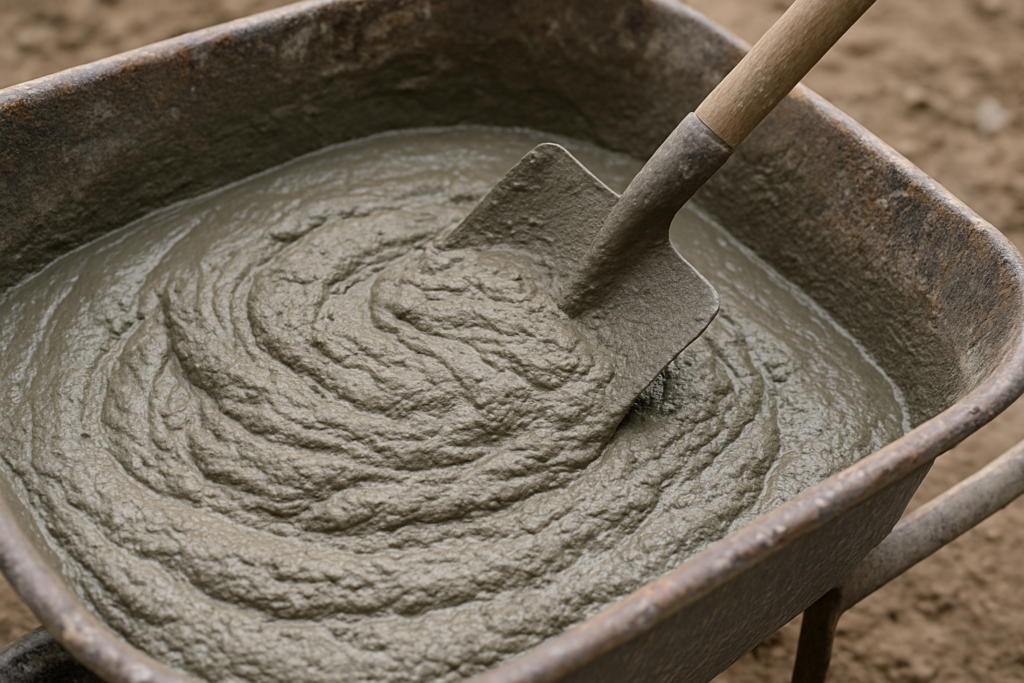
Water requirements vary significantly based on application, environmental conditions, and concrete components. For high-strength structural applications like columns or beams, lower water-cement ratios around 0.35-0.40 maximize strength. For flatwork with moderate strength requirements, ratios of 0.42-0.48 provide better workability while maintaining adequate strength.
Several factors influence the optimal water content:
| Factor | Effect on Water Requirement | Adjustment Needed |
|---|---|---|
| Aggregate size | Larger aggregates need less water | Reduce water for larger aggregate |
| Aggregate moisture | Pre-wet aggregates require less water | Test aggregate moisture and adjust |
| Temperature | Higher temperatures increase water demand | Slightly increase water in hot weather |
| Admixtures | Water reducers decrease water needs | Reduce water when using HPMC or other reducers |
| Supplementary materials | Fly ash often requires less water | Adjust based on specific materials |
For pre-packaged concrete, manufacturers provide specific water ranges on packaging. These recommendations account for the specific aggregate gradation and cement type in that mix. Always start at the lower end of the recommended range and add small amounts until achieving the desired consistency.
For custom mix designs, a concrete specialist should calculate exact water requirements based on strength needs, aggregate characteristics, and environmental conditions. Following these specifications precisely is crucial—adding just one extra gallon of water to a cubic yard of concrete can reduce strength by 150-200 psi and increase shrinkage by 10%.
High-Performance Water Reducer Solution
I discovered the power of water-reducing admixtures when working on a challenging high-rise project. The pumping distance demanded exceptional flowability, but we couldn't sacrifice strength. HPMC became our critical solution.
Hydroxypropyl methylcellulose (HPMC)4 and other high-range water reducers can decrease water content by 12-40% while maintaining or improving workability. These admixtures disperse cement particles more efficiently, requiring less water for the same slump and resulting in stronger, more durable concrete.

Modern water-reducing admixtures have revolutionized concrete construction by resolving the traditional conflict between workability and strength. HPMC and similar products work by reducing water surface tension and creating electrical charges that prevent cement particles from clumping together. This allows the same cement content to be mixed with significantly less water while maintaining or even improving flowability.
The benefits of water reducers extend beyond just maintaining strength:
- Improved durability: The denser microstructure resists chemical attack and freezing damage
- Reduced permeability: Fewer and smaller capillary pores mean less water penetration
- Lower shrinkage: Less water means less volume change during drying
- Extended working time: Many formulations provide controlled setting times
- Better surface finish: Less bleeding creates more uniform surfaces
- Reduced segregation: Improved cohesiveness keeps aggregates evenly distributed
- Lower carbon footprint: Less cement can be used to achieve the same strength
Different types of water reducers serve different purposes. Standard water reducers (Type A) can reduce water requirements by 5-10%, while high-range water reducers (superplasticizers) can reduce water needs by 12-40%. Mid-range products like HPMC5 provide excellent balance for most applications with 6-12% water reduction capability while improving overall concrete performance.
For critical applications, consult with a concrete admixture specialist to determine the optimal water reducer and dosage for your specific project needs. The modest cost of these admixtures is easily offset by improved performance and reduced cement requirements.
Get in Touch with Wanhong
I've guided countless clients through concrete admixture selection, helping them achieve optimal performance. Let's discuss your specific needs—our technical team is ready to provide custom solutions.
*Wanhong specializes in high-performance concrete admixtures including HPMC, redispersible polymer powder, and specialized water reducers. Our technical experts can help you select the right products for your specific application to optimize concrete strength, workability, and durability.**
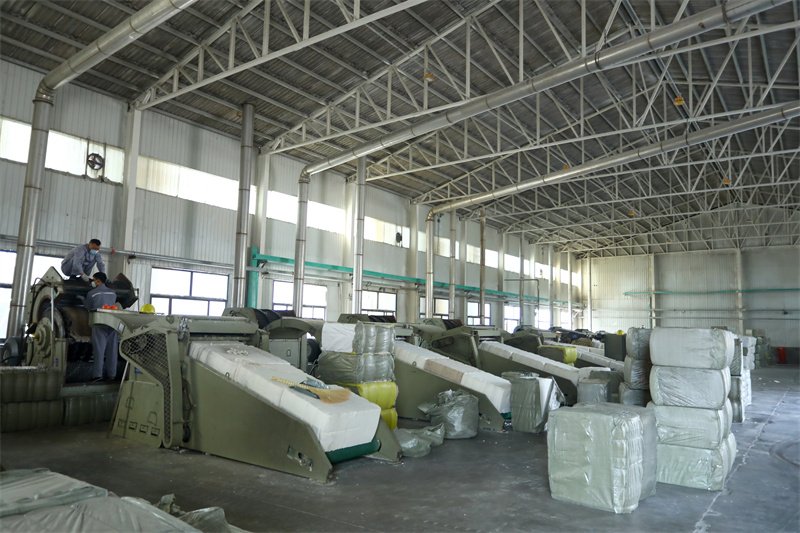
With six dedicated production lines and extensive experience serving international markets including Saudi Arabia, UAE, India, Pakistan, and Brazil, Kehao has the capability to meet your specific requirements. Our hydroxypropyl methylcellulose6 products are engineered to provide optimal water reduction while enhancing concrete performance across various applications.
Our team understands the challenges facing mortar and concrete producers in developing markets. We offer not just products but comprehensive technical support to help you optimize mix designs, solve workability issues, and achieve higher-performance concrete with existing materials.
Whether you need help reducing water requirements, improving durability, or enhancing pumping characteristics, our specialists can recommend the right cellulose ether or polymer powder formulation for your specific needs. We provide customized packaging options and maintain strict quality control standards to ensure consistent performance in your applications.
Contact me directly at ada@whhpmc.com or visit www.whhpmc.com to learn more about how Kehao's high-performance admixtures can help you produce stronger, more durable concrete without sacrificing workability.
Conclusion
Proper water content is the foundation of durable, strong concrete. Too much water dramatically weakens your structure, while the right amount—combined with quality water reducers like HPMC—ensures optimal performance. Remember: measure carefully, test thoroughly, and never sacrifice strength for convenience.
-
Discover the science behind the chemical reactions in concrete that contribute to its strength and durability. This resource will deepen your understanding. ↩
-
Understanding the water-cement ratio is crucial for achieving optimal concrete strength and durability. Explore this link to learn more. ↩
-
Exploring methods to assess concrete consistency can enhance your construction practices and ensure structural integrity. ↩
-
HPMC is a game-changer in concrete applications, enhancing workability and strength. Discover its benefits and applications in detail. ↩
-
Learn about HPMC's role in concrete to see how it can optimize your construction projects. ↩
-
Explore this link to understand how hydroxypropyl methylcellulose enhances concrete performance and reduces water usage, crucial for strong structures. ↩
